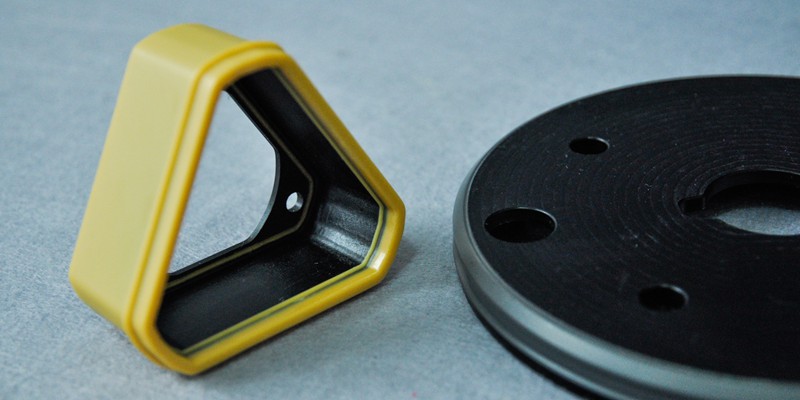
Injection molding is a common manufacturing process with different variants depending on the raw material used. One such process variant is the ABS injection molding process. As the name suggests, the raw material for this injection molding variant is ABS plastic.
Understanding ABS for Injection Molding
ABS stands for acrylonitrile butadiene styrene. This plastic is made up of three monomers that give it its name. Each of these monomers contributes its own properties to the polymeric plastic, giving it a wide range of properties.
Plastic properties include chemical resistance, hardness and heat resistance, thanks to acrylonitrile. Other properties include impact resistance and toughness (conferred by butadiene), as well as strength and gloss, which are due to styrene. Despite its wide range of properties, it is one of the cheapest plastics, relatively speaking. It is also one of the easiest plastics to use in injection molding due to its ease of processing.
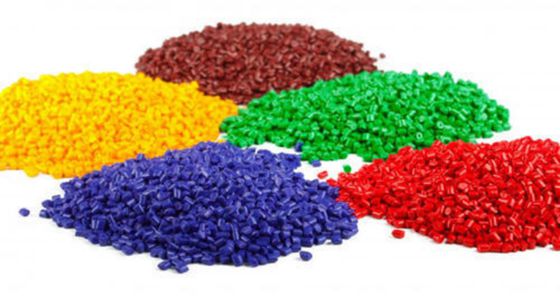
Despite its acclaimed strength and toughness, this robust plastic is not immune to UV light. Therefore, its external use is restricted. However, parts manufacturers have found ways to modify the properties of this plastic to make it resistant to UV rays, using various additives and fillers such as acrylic, glass and stainless steel fibers. These additives change the properties of the plastic and improve its use in various applications.
These properties and handling options make ABS the most used polymer in injection molding. Do you want to know how this plastic is used in the manufacture of various finished products? Then the next section is mandatory.
ABS Injection Molding Process
This section explains the different steps that manufacturers must follow during the ABS plastic molding process. That includes:
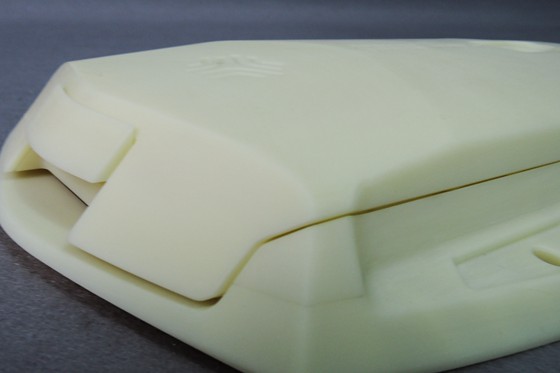
Material pretreatment
Before a piece of ABS plastic is used in manufacturing, it must be properly dried. The drying temperature used is in the range of 80 – 85 °C and takes 2 to 4 hours. Another drying method involves using a drying funnel with a temperature of 80°C. However, this last process only takes 1 to 2 hours.
Calibration of the injection machine
After material treatment, the next step is to prepare the ABS molding machine for operation. To do this, parameters such as compression ratio, closing force and injection molding pressure must be defined. Typical values for these parameters are a compression ratio greater than 2, a clamping force between 4700 and 62000 tonnes per square meter (t/m²) and an injection molding pressure greater than 1500 bar.
Mold and sprue construction
Shape is crucial to the finished ABS product. Therefore, the design of the mold and its sprue is very important in the process. The ABS mold thickness is between 0.025 and 0.05mm, while the port length is less than 1mm. Furthermore, the diameter of the channel through which the molten ABS flows is set at 3 mm, while the width of the ventilation hole is between 4 and 6 mm. Finally, the mold temperature used is always in the range of 60 to 65 °C.
Injection Molding Temperature
The injection molding temperature used for a specific ABS injection molding process depends on the quality/grade of ABS used. Below are examples of some types of ABS plastic commonly used in ABS plastic molding and the ideal injection molding temperature:
- Flame retardant grade: 200-240°C, ideal temperature between 220°C and 230°C.
- Electroplating quality: 250 – 275 °C, the ideal temperature being 270 °C.
- Glass fiber reinforced quality: 230°C – 270°C.
- High impact resistance: 220°C – 260°C, ideal temperature at 250°C.
- Heat resistant quality: 240°C – 280°C, ideal temperature 265°C – 270°C.
Injection molding speed
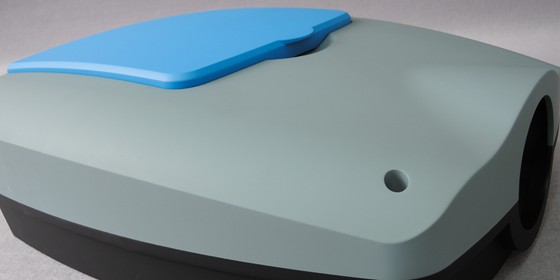
The injection molding speed depends on the quality of ABS plastic and the requirements of the final product. For example, flame-retardant ABS plastics can only be produced at low injection molding speeds. Products that require precise surface processing may also require high speeds of multi-stage injection molding.
Lenght of stay
Residence time is the time it takes for a plastic pellet to move from the injection molding cylinder to the injection mold. For ABS plastics, the residence time at a temperature below 265°C is typically 5 to 6 minutes. However, with flame retardant ABS plastic, the residence time is shorter and the temperature is much lower.
Counterpressure
To avoid wear, it is recommended to keep the back pressure during ABS injection molding as low as possible. The allowable pressure is generally around 5 bar.
Other operations
Other activities carried out during the ABS molding process include decorating molded parts through laser marking or hot stamping, ultrasonic welding, etc.
To clean
Some types of ABS tend to stick to the molding screw after the part is removed. The best cleaning method is to wait a while until the residue disappears and then thoroughly clean the molding machine compartments with polystyrene.
Advantages of ABS injection molding
There are many reasons why ABS injection molding is one of the most popular forms of plastic molding. Some of the benefits are:
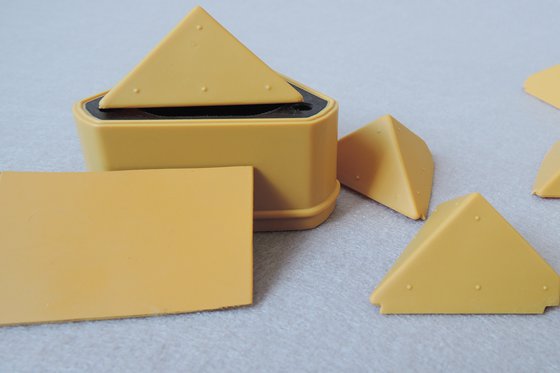
Accurate reproducibility
Due to its processability, ABS is the most suitable material for the production of complex parts. Its processability facilitates the reproduction of complex and functional parts with this plastic. The parts are not only manufactured with precision, but thanks to the hardness of the plastic, they also remain functional even when used in extreme conditions.
High tensile strength
Due to their high tensile strength, ABS molded parts are suitable for applications where heavy loads must be transported. Due to its resistance to high mechanical stress, this plastic is a good and economical option for high voltage applications.
Recyclability
The recyclability of ABS makes it a perfect material for use in reusable applications. Recycling plants can easily shred plastic parts and mix them with new ABS to use in the production of new parts.
Disadvantages of ABS injection molding
Despite the numerous advantages, ABS also has its disadvantages. Some of these disadvantages are:
Low fatigue resistance
Although ABS parts typically have high tensile strength, their low fatigue strength means they cannot withstand heavy loads for long periods of time. The ABS plastic part can wear out easily if it is constantly exposed to high loads.
Below average UV resistance
One of the biggest disadvantages of ABS plastic is its low tolerance to sunlight. The material tends to decompose with constant exposure to sunlight. However, parts manufacturers improve their performance in sunlight by adding additives to ABS plastic during molding.
Factors to Consider in ABS Injection Molding
When trying to start a batch of ABS injection molding, a few factors must be in place. These factors are crucial to the success of injection molded parts. That includes:
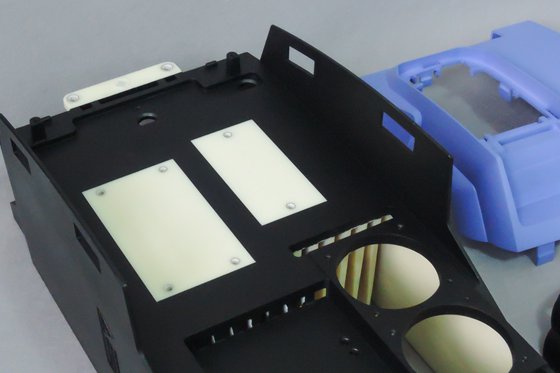
Moisture in the material before molding
ABS plastic has some hygroscopic properties (it can absorb moisture from the air) and also absorbs water from the environment. However, the presence of water in any molded ABS plastic can cause structural defects in the plastic. Therefore, it is important to ensure that the ABS plastic used is properly dry. There are two types of parameters for drying plastic: dry at 80-95°C for 3-4 hours or use a drying funnel at 80°C for 1-2 hours.
Temperature control
Temperature control is critical in ABS injection molding because overheating the plastic can lead to thermal degradation. This thermal degradation is due to the breaking of the chemical bonds in the plastic, which can result in brown grains in the finished piece.
Working with an injection molding machine with good temperature control is essential, as this process still requires a lot of heat. For example, if ABS parts in production have a high level of gloss, the temperature used in production will be higher than normal. However, it is important to emphasize that the higher the temperature used for the spraying process, the shorter the exposure time should be.
Part and mold design
Designing parts prior to the injection molding process helps determine whether it is actually possible to produce the part. Here are some general principles that work when designing ABS parts:
- The wall thickness of the parts must be uniform. If there are differences, they must not be greater than 25% of each other. This is important because even the walls help prevent stress on the failing wall.
- Additionally, the wall thickness should determine the size of the radius. The ratio of radius to wall thickness should not be less than 0.3. The rule of thumb here is: the larger the radius, the lower the tension. However, the radius must remain within reasonable limits because a large radius causes sink marks on the part.
- The thickness of the mold must be between 0.025 and 0.05 mm. The length of the gate should be about 1 mm, the diameter of the flow channel about 3 mm, and the width of the ventilation hole 4 to 6 mm.
Finally, the injection mold cooling process must be optimally designed to avoid shrinkage problems.
ABS injection molding applications
ABS plastic is used in different industries for various reasons. Due to its ease of molding, low production cost and resistance to physical and chemical changes, this polymer has become popular among manufacturers. Here are some examples of industries that use ABS plastic parts:
- Construction industry: Due to its resistance to physical and chemical influences, as well as strong impacts, ABS plastic is used by manufacturers to produce pipes and fittings for use in buildings.
- Automobile industry: ABS plastic is a common raw material for lightweight automotive parts. Examples of ABS plastic automotive parts include seat belt parts, door panels, pillar panels, dashboard components, etc.
- Consumer Goods Industry: ABS plastics are found in many household appliances such as food processors, vacuum cleaners, refrigerator liners, etc.
Other application areas include the healthcare, sports and electrical industries.
The cost of ABS injection molding process
If you are trying to make some parts by injection molding, you should know in advance the cost of the entire process. To estimate the costs involved, it is necessary to consider several costs. Examples of the various costs involved include:
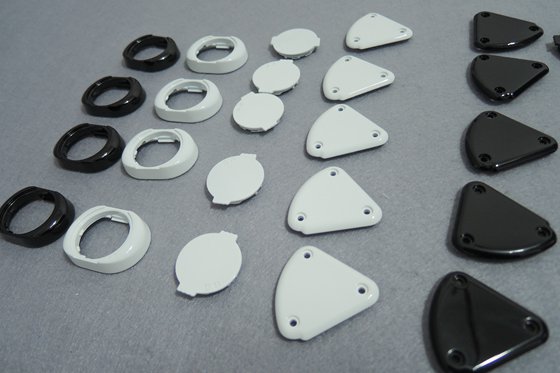
Equipment costs
Most likely, you will outsource your production to companies that have the necessary equipment. These companies charge a separate fee for the equipment used. However, if you plan to purchase the equipment, you will need to pay between $50,000 and $200,000. In addition to purchasing the equipment, you also need to maintain it, which can cost a fortune. The most economical option is to outsource production.
Cost of molds
This is also known as tooling costs. This increases the cost of the ABS injection molding process. There are three different methods of making injection molds. This includes CNC machining, 3D printing and electrical discharge machining (EDM). These methods can cost as little as $100 for simple, low-volume 3D printed shapes. However, for large production runs or molds with complex designs, the price can reach $100,000.
Material costs
This is the acquisition cost of the material (in this case ABS). You can find the material for a price between US$1 and US$5 per kg.
Service costs
The costs for this are responsible for the remuneration of the performing personnel, as well as the assembly and maintenance of the machines. Examples of parameters considered here are:
- Monitoring costs: These go to the machine operators.
- Setup Cost: This is the time required to set up the mold and produce the finished part.
- Repair costs: Repair costs cover the maintenance of defective parts and the tools used to maintain the equipment.
- Although there is no fixed price for ABS moldings, the general rule is that the greater the number of pieces, the lower the price per piece.
ABS injection molding is a seemingly fairly easy process to perform. However, the technical details are only understandable to experts. That's why it's important to outsource ABS injection molding to companies that truly understand the practical principles of the manufacturing process.
Common questions
At what temperature does ABS plastic melt?
ABS is amorphous and therefore has no true melting temperature. However, its transition temperature is about 105 °C (221 °F).
How toxic is ABS plastic?
ABS is harmless and non-toxic. This is one of the many reasons why it is a popular plastic material in manufacturing. However, its use in medical implants is not recommended.
How do I solve the problem of flame retardants ABS injection molding ?
To prevent off-gassing caused by the moisture absorption of flame-retardant ABS plastic, you must ensure that the material is completely dry. You also need to ensure good control of temperature and residence time during the injection molding process to prevent thermal degradation of the ABS plastic.

























































